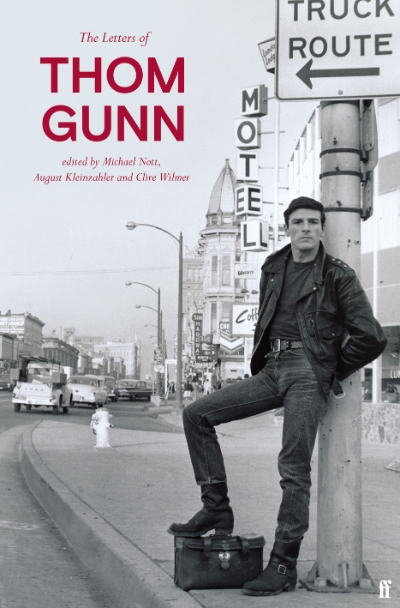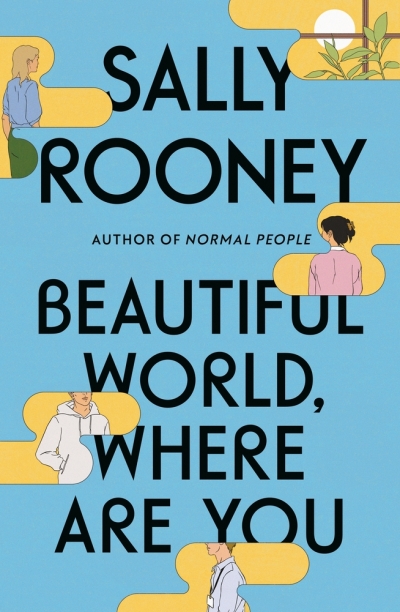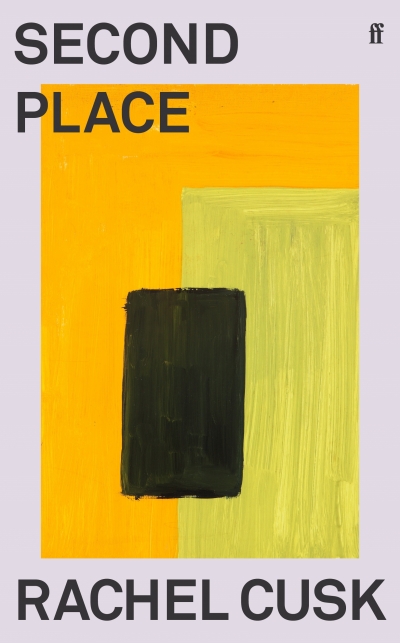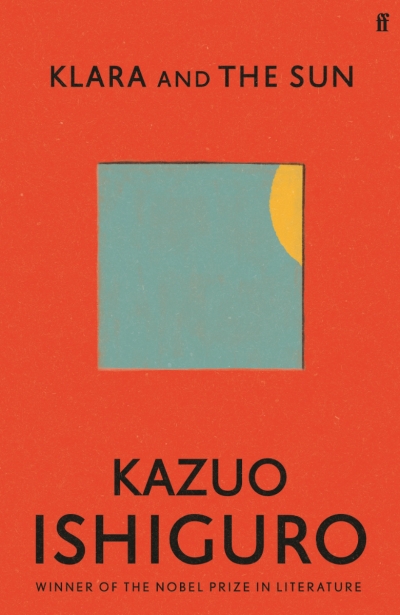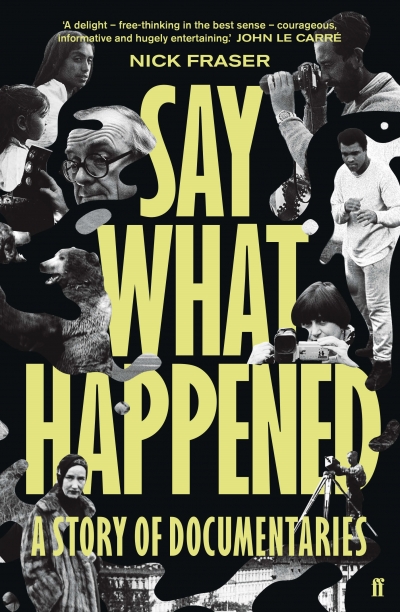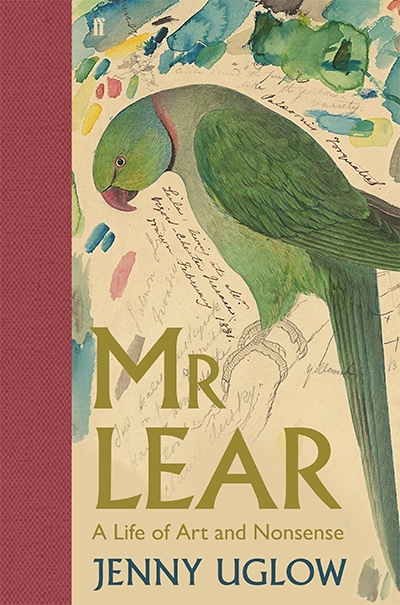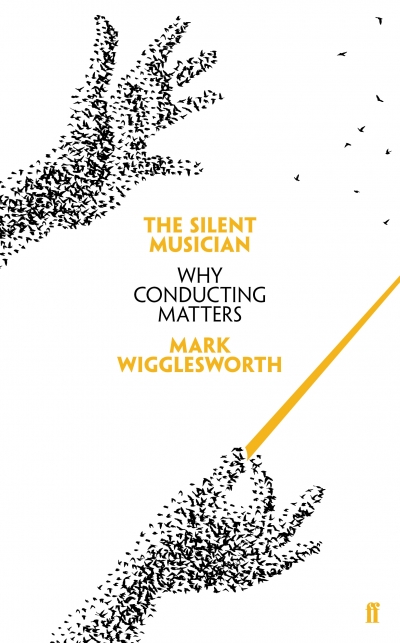By the time I received my heftily embargoed galley of Sally Rooney’s new novel, Beautiful World, Where Are You, it would have been more lucrative to auction the book online than review it, such is the wild demand for Rooney’s fiction, the monetised eagerness. I’ve ruined my chances for unethical riches with my margin scrawls, dog-ears, and penchant for spine-breaking (reading, after all, is a contact sport). But it is telling that the question I’ve been asked most about the novel, other than whether I intended to sell my advance copy, has not been What do you think? but Are you on Team Rooney? Popularity of any sort inevitably rouses a backlash, and it can be constructive – often revelatory – to parse the stories that capture our collective imagination. But Sally Rooney (the literary product, not the person) has become a kind of shibboleth. To profess a grand love or distaste for her novels, or even – perhaps especially – a lofty indifference to them, has become a declaration of pop-cultural allegiance, a statement that’s almost entirely about ourselves. It’s a fate that too often befalls precocious, art-making women: they’re turned into straw men and set publicly alight.
...
(read more)


